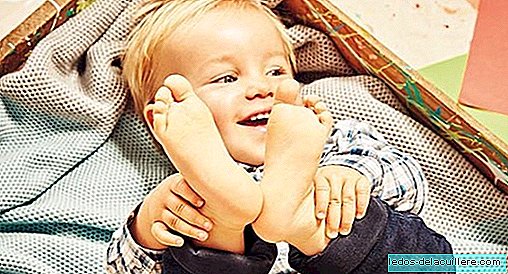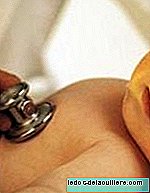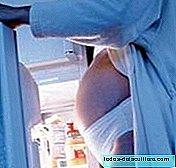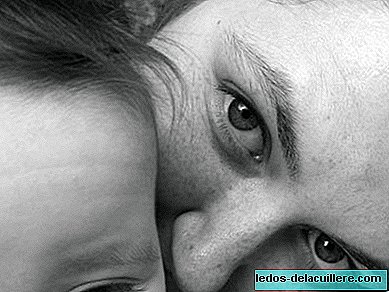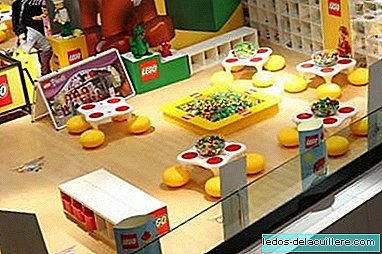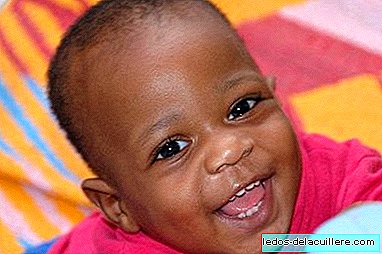
When a family goes to the speech therapist because their child does not produce any sound correctly, before or after one of the parents says that "my child does not say well the" rr ", is it normal?" To answer that question, we must know the main characteristics of the development of sounds in children.
Some children have problems articulating sounds correctly, whether due to organic causes (dysglossia) or not (dyslalia).
On the other hand, we must rule out that there are other factors that can cause these speech disorders, such as hearing problems or family overprotection and inadequate pronunciation models.
We must keep in mind that children acquire phonemes according to their age. For example: a child who says "cote" instead of "car" or "golo" instead of "parrot" probably has not developed articulatory skills that allow him to properly pronounce the phonemes of the consonants "ch" and "r".
The learning process of phonemes begins from the moment we are born with the emission of the first sounds and continues progressively and gradually until six or seven years of life.
Next, we will see the standard phonological development of children, that is, that most children know how to say each sound at approximately that age; As always, we must remember that every child is a world.
- 3 years: m, n, ñ, p, t, k, b, j, g, f, s, ch
- 4 years: d, ll, r, consonant syllables + l (for example, carnation)
- 5 years: z, consonant syllables + r (for example, chrome)
- 6 years: rr
Taking into account main characteristics of the development of sounds in children, we can get an idea of whether our sons and daughters have some kind of speech delay. That is when we must go to a specific treatment.


